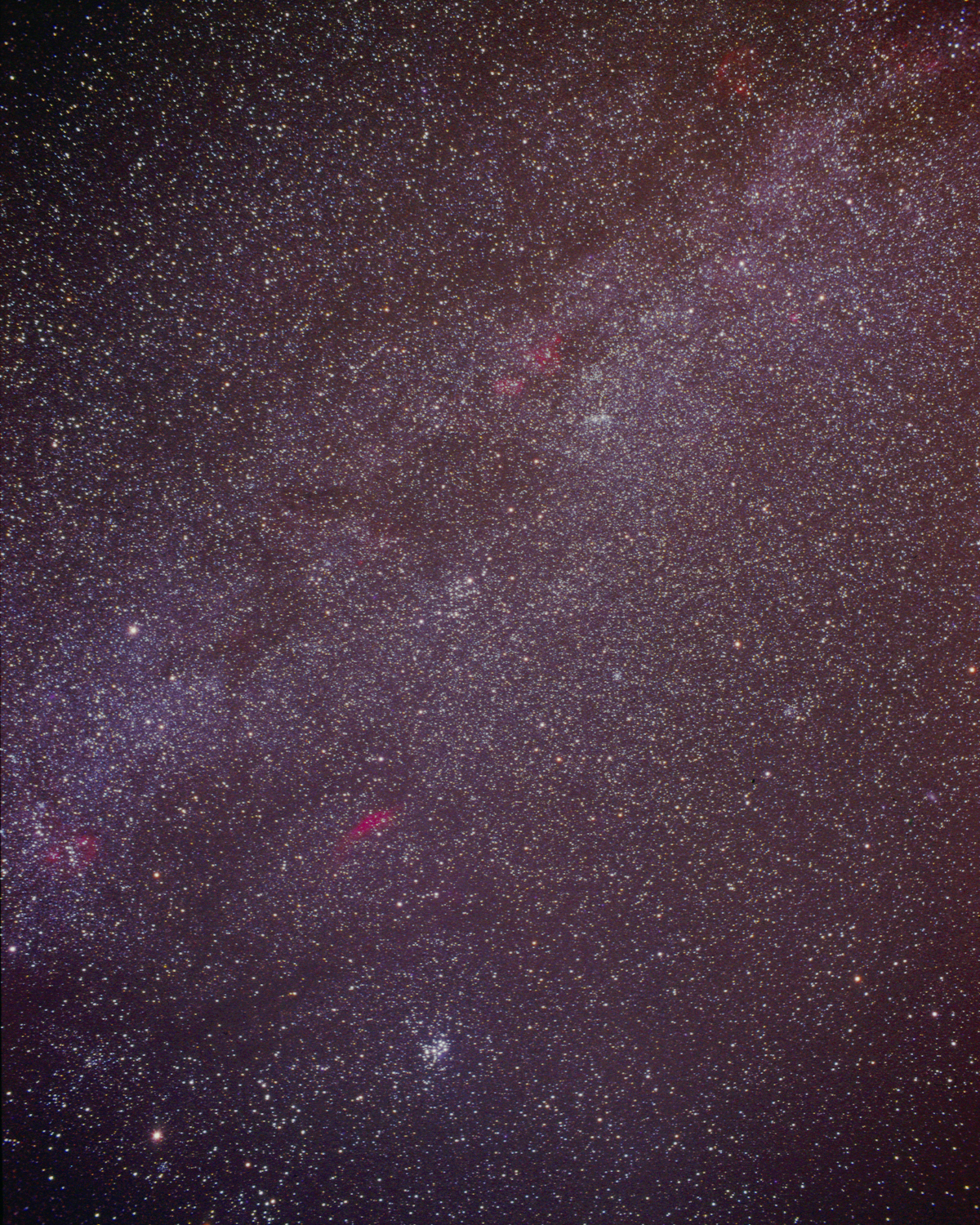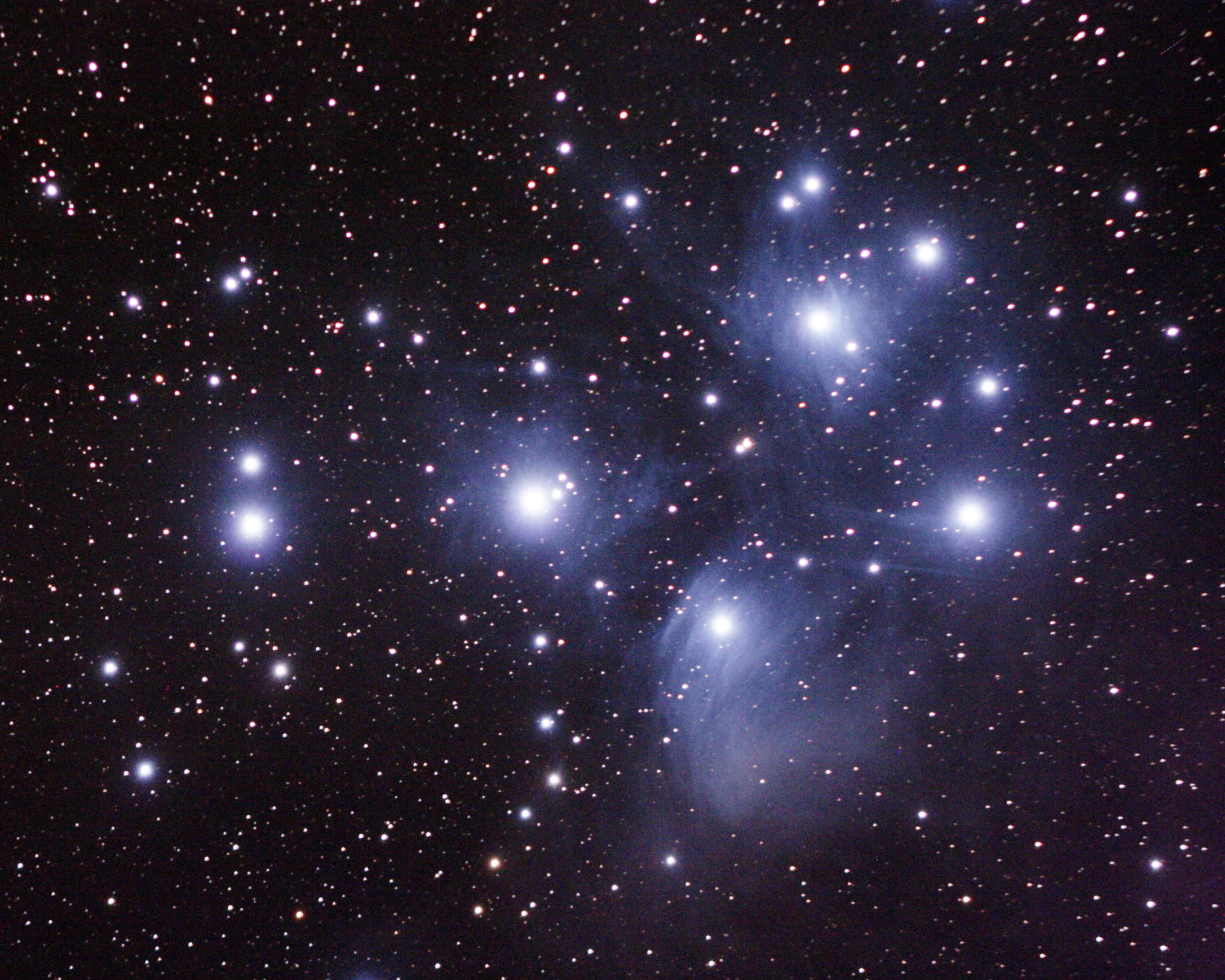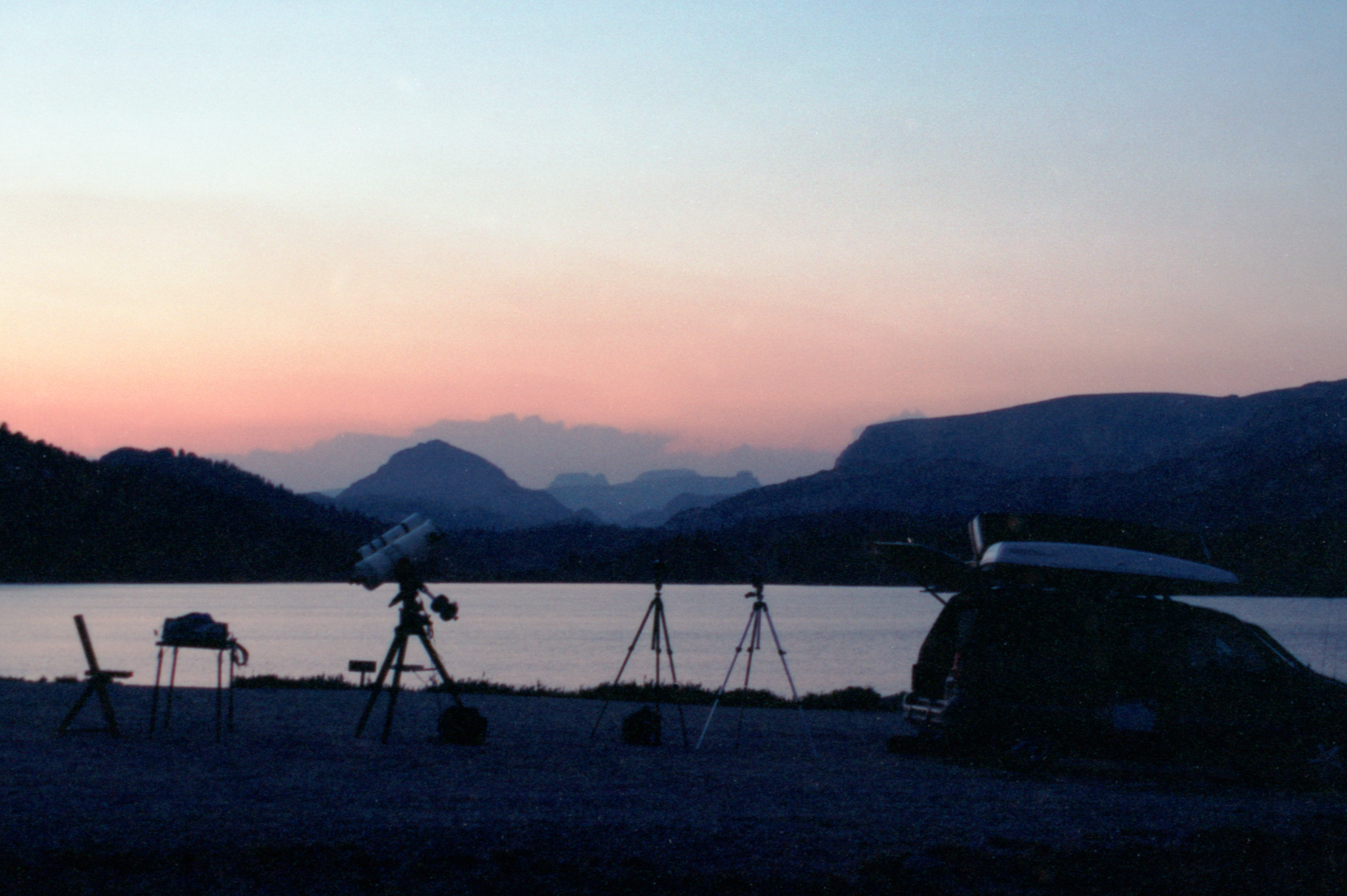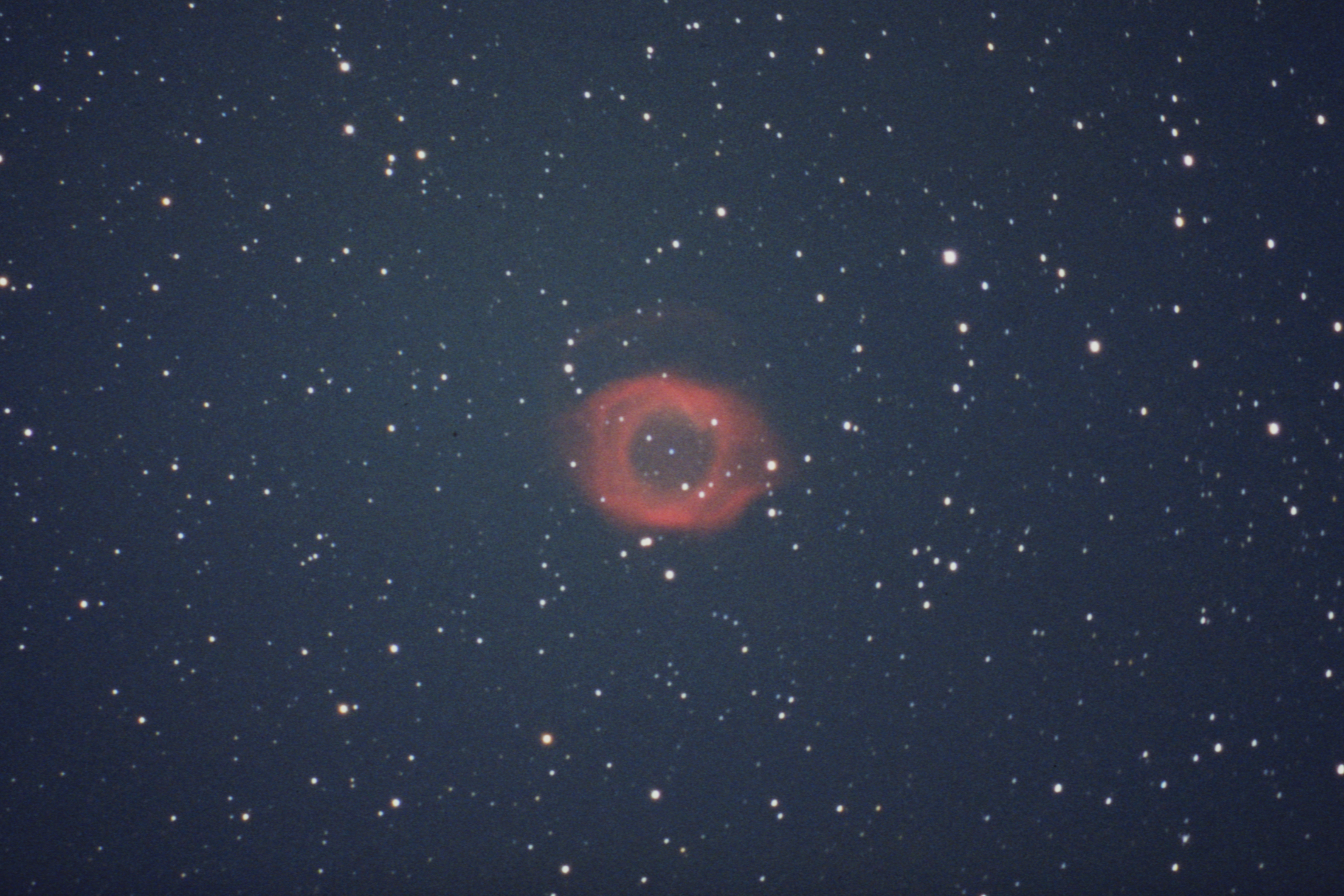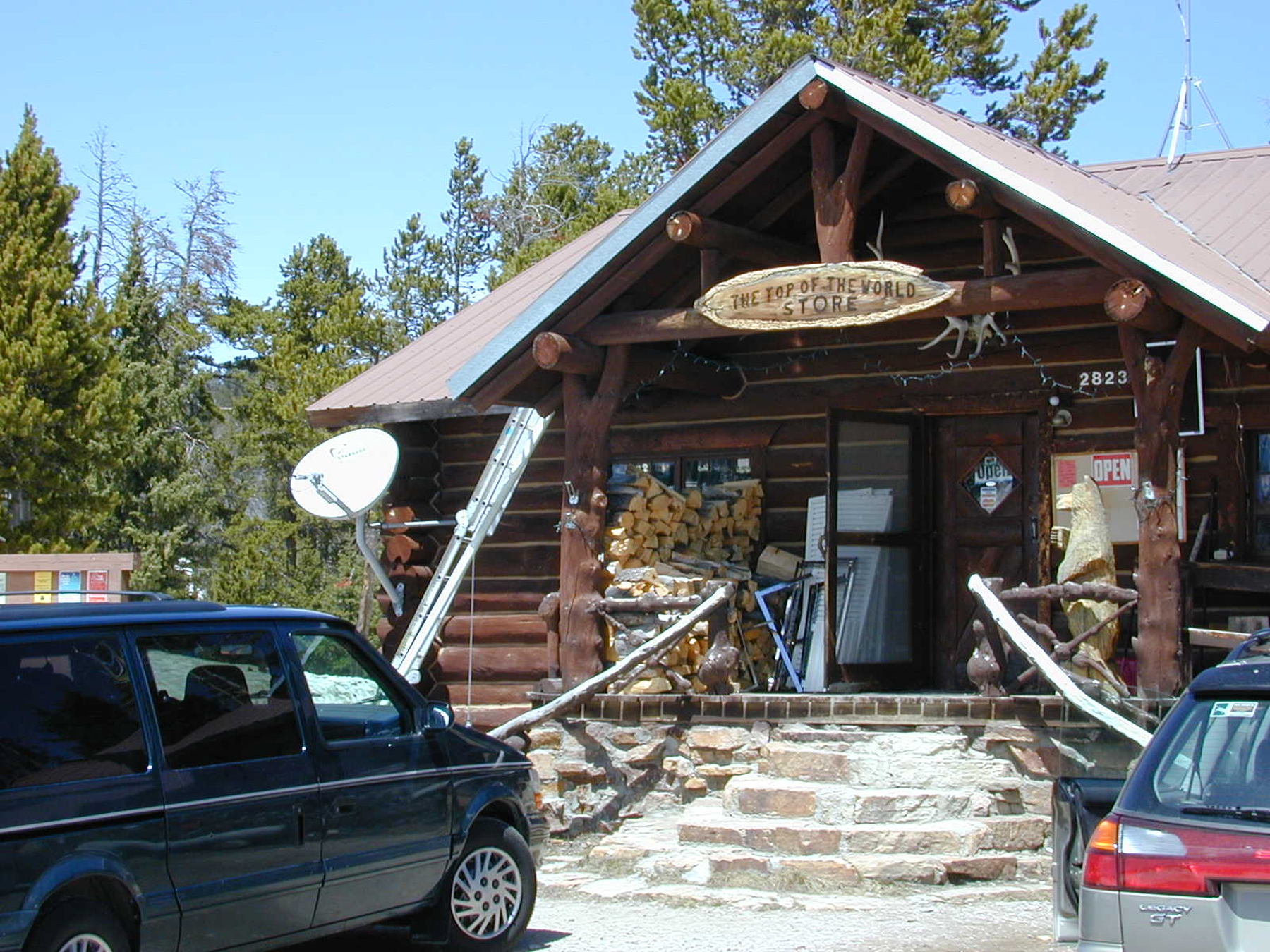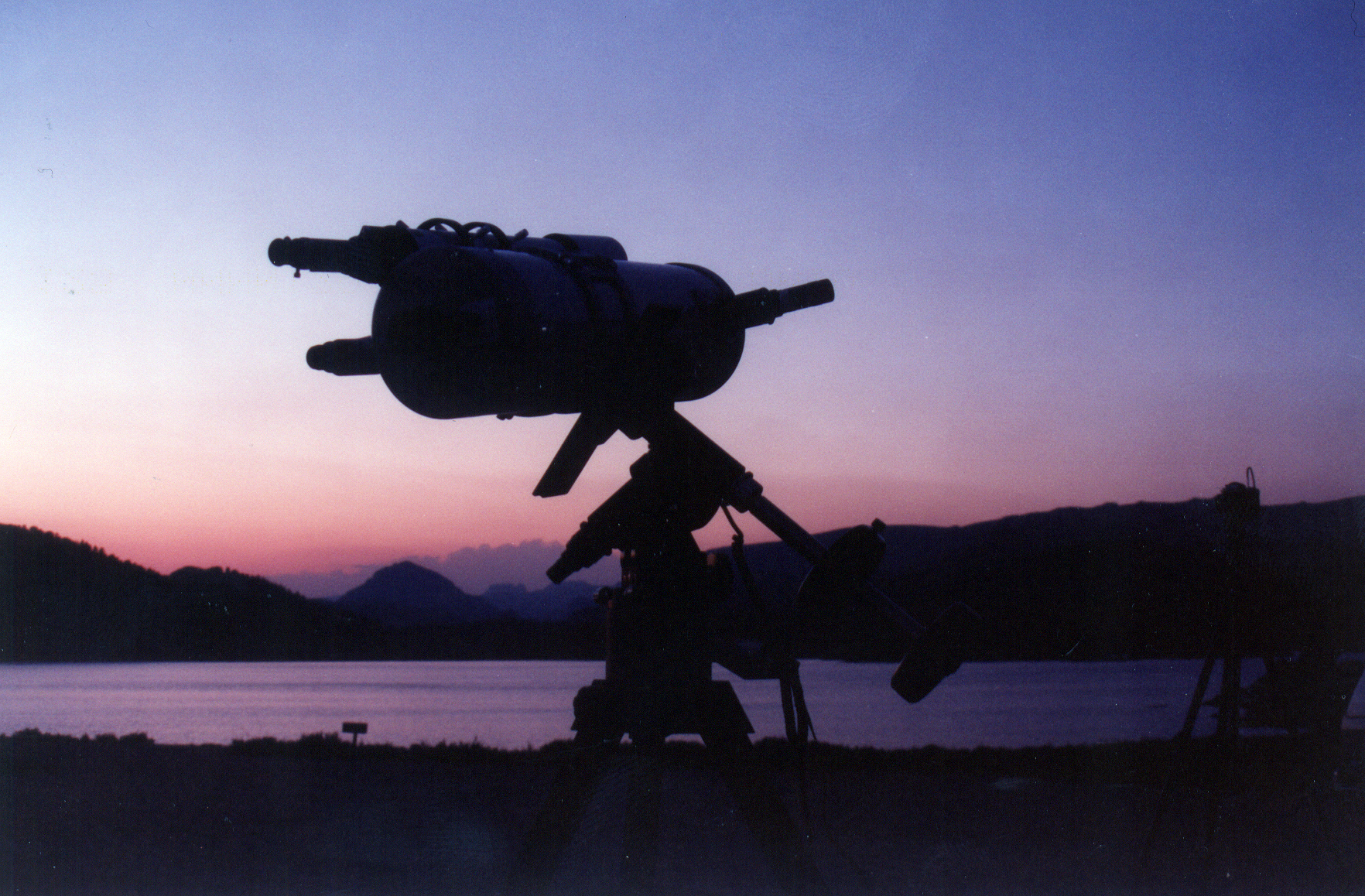The Law Enforcement Center was the equivalent of a police station, fire station, sheriff’s office, dispatch center and local jail, all combined and conveniently located in this single large and fairly new building, kind of a “Police Central”. I found the entrance, but there was a security airlock. I was in a small glass vestibule with two items in it: a phone and a bench. Sitting on the bench was a twenty-something woman, pregnant to within days if not hours of someone’s new birthday. The inner door was locked, and I would need to call someone to let me in. I lifted the phone and dialed 0, wondering why this apartment-building style security was needed at a police station. The voice at the other end responded in what seemed a rather urgent tone. I wasn’t sure how to answer, so I started to blurt out my story, but I hadn’t really assembled it properly in my mind yet, and so only scrambled pieces of it came out my mouth. Nevertheless, a buzzer sounded, and I opened the inner door. The woman grabbed her things and slipped in behind me.
There was no front desk or reception area, but I found a person behind a security window. I started to explain my story again, but was immediately waved off and directed to wait. Outside, there seemed to be sirens sounding, and I caught a glimpse of a firetruck driving past. Inside, there was a nice waiting area where I found that the woman had already settled in. I became curious about this attractive near-mom, and to make small-talk for an uncertain wait, sympathized with her for being so pregnant at this hot time of year, how much longer did she have?
“My due-date is in six days.”
Her calm voice, tinted with the gentle accent of this western region confirmed my estimate of her condition. Having heard me attempt to explain my situation twice now, she offered some advice.
“My car overheats all the time. I turn the heat on full blast. That way the engine doesn’t keep all the heat.”
“But doesn’t it get too hot for you?”
“Oh, yeah”, she laughed, “you gotta roll the windows down! But in the summer, they’re down anyway- I don’t have any air conditioning.”
I imagined a car even older than mine, possibly equipped with air conditioning originally, but long since rendered inoperative. An unglamorous rust-splotched car that provided basic transportation at the expense of gas and oil consumed, and noisily exhaled, by a strapped-on replacement muffler. Yes, I had owned a car like this in earlier times. As another siren-equipped vehicle drove by outside, I wondered why this woman, owner of the ancient car in my mind, was in the same waiting room with me, waiting in the Law Enforcement Center.
“So why are you here today?”
“Oh, my boyfriend is in the jail here, but he’s being transferred to a jail in his home state, and I need to talk to him.”
The lyrical accent expressed this in such a calm matter-of-fact way that it took me a moment for all of it to sink in. A woman, nine-months pregnant, not officially admitted into the Law Enforcement Center, who wants to speak with her presumably-the-father boyfriend, who is currently in jail and scheduled to be taken under law enforcement security to another state.
I’m not practiced in this particular social situation, so all I could do was ask “Where is his home state?”
“Missouri.”
Not that this was meaningful to me, but my preconception of Missouri law enforcement didn’t improve the image that was forming of her situation.
“Yeah, he’s being taken there tomorrow, and I need to talk to him about…,” a momentary hesitation, “stuff. Y’ know?”
I didn’t know, but I could imagine there would be plenty of stuff for her to figure out. My predicament suddenly seemed like a minor annoyance, unimportant on a true life-scale of problems to solve.
The dispatcher behind the window called me over with a big friendly voice. “Ok guy, how can I help you? Just had to take care of a fire over at North Creek, kept me busy for a while, but it’s under control now– at least the call traffic is down.”
Fire, another problem way up there on the importance magnitude scale. I felt like I was in the wrong place with my inappropriate silly situation. Mine wasn’t a 911-type of problem, it should be a call to AAA. But there I was, so I explained my situation and asked if he knew whether there was a service station open on a Sunday afternoon.
In spite of getting a few more calls related to the combat of the fire somewhere in Cody, the dispatcher looked up a service station that was open on Sundays, and even had a mechanic on duty. He called to confirm it and advised them I would be coming, and then drew a map for me. It was a dozen blocks away, I wondered if my car could limp that far, but as I left the building, I felt like this uncertainty was nothing, in view of what the other occupants of the Law Enforcement Center were facing that afternoon.
Nightscape Odyssey
previous | contents | next

